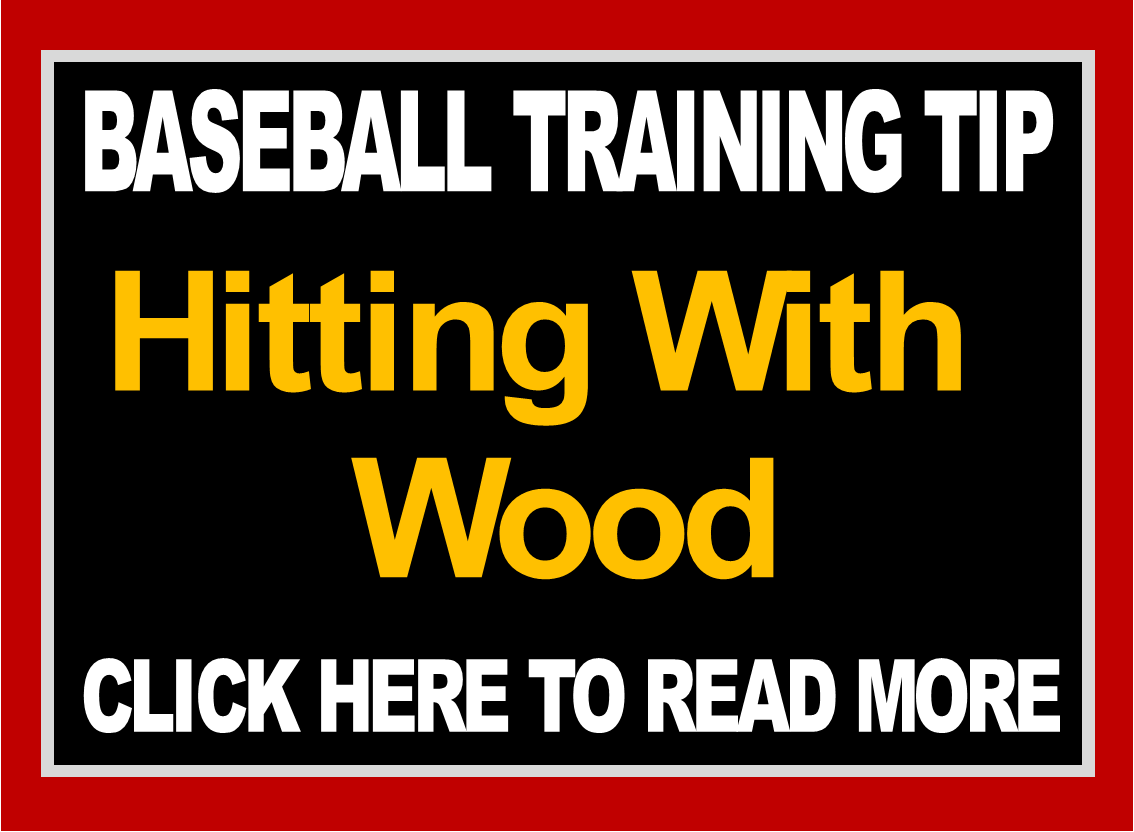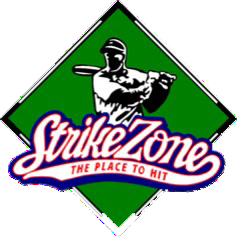
25 Aug Hitting With Wood
BENEFITS OF WOOD
YOU’LL GET STRONGER:
Swinging a heavier wood bat repeatedly will quickly develop muscles in the hands, wrists, and forearms that wouldn’t otherwise be developed swinging lighter metal. The hitter will become stronger, and so will his (or her) swing.
TEACHES FUNDAMENTALS:
With a metal bat, players can hit the ball effectively using just their arms, but this isn’t sound technique. Wood bats force you to learn how to use your entire body, including your legs and hips, to develop a proper and fundamentally sound swing.
BETTER FEEL AND OVERALL APPROACH:
Wood bats sharpen your skills and give you a better feel for hitting – literally. The smaller sweet spot forces hitters to feel the barrel’s sweet spot more and helps them focus on better mechanics, pitch selection, and overall approach. They don’t reward mis-hits (trust us, that’s a good thing!) or leave you guessing between what’s a good hit and a bad hit. They’re brutally honest in terms of where you are as a hitter, and that kind of tough love is exactly what you need to be the best.
HELPS YOU IN THE LONG RUN:
If you swing metal for too long, you can develop bad habits that will be difficult to break. That’s problematic once you run into better pitchers, which is inevitable as you get older. So if you’re planning on playing beyond youth leagues, to high school, college, and maybe even the professional ranks, then start swinging a wood bat as soon as you can. It will positively affect your performance at the plate in both the short- and long-term.
HIT WITH THE LABEL UP:
Experience will increase the life of your wood bat, believe it or not. Hitting with a wood bat will drastically enhance your hitting mechanics and give you more confidence once you make the switch back to metal or composite. The number one tip we can give you is to make sure you’re hitting the ball right in the sweet spot of the barrel. Wood bats do tend to have a smaller sweet spot in comparison to said aluminum or composite bats. If you miss that sweet spot, mishits can easily be the cause of a broken bat. Keep your contact with a baseball away from the end of a barrel and avoid hits toward the handle. Hits on the handle, or “getting jammed,” will not only greatly increase the chances of your wood bat breaking, but it is going to sting your hands like never before. If a pitcher is trying to saw you off (pitch inside), choose your swings wisely. Have a good eye and wait for the right pitch. Hitting a 90+ mph fastball that is inside will likely break your wood bat, regardless of how new it is.
Have you heard the phrase, “Hit with the label up?” What is the science behind this saying? What does this even mean? Is there any truth to it or is it all superstition? It’s great advice so make sure you’re pointing that label to the sky and here’s why. Most manufacturers will always place their logo on the “face grain,” or the weakest part of a wood baseball bat. If you keep the logo up (or down), this ensures that a baseball will come into contact with the “edge grain” of your wood bat, or the strongest part of your bat. The best way to simplify this is to think of it as a deck of cards. If you hit a deck of cards on the face, it will flex, but if you hit a deck of cards on the edge, it will be rock solid. You want to make contact with the straight grains and avoid the ovals. So, next time you’re up to bat or indulging in some batting practice, make sure you can see the logo of your bat before taking a swing. Keep in mind that this procedure does not always work as some hitters tend to roll their wrists before making contact. If that is the case, keep an eye on where the ball marks are. You may need to rotate your bat slightly so that the ball marks are ending up on the edge grain.
This video will show you what I mean.
WHY WE TRAIN WITH WOOD:
The Strike Zone instructors as well as many other reputable baseball minds strongly recommend training with wood bats. It is most important that young hitters work with wood in order to develop the proper hitting mechanics and learn how to utilize a bat for maximum efficiency.
- Wood bats make you the hitter you really are at any given time. Wood does NOT deceive or make you think that you are better than you actually are as a hitter. With wood, you MUST stay within yourself. Wood gives instant feedback as to how you really hit the ball.
- Wood forces the hitter to learn and execute solid and correct hitting mechanics. There is less margin of error for success and a more effective swing is necessary. (Poor swing=broken bat)
- Wood is not forgiving. You must hit in the core of percussion (sweet spot) in order to make significant contact. The player must concentrate on a smaller hitting surface.
- Wood builds strength while perfecting the skill of hitting.
- Wood provides more significant feedback to the hitter: better feel, touch, and sound. It “tells” the hitter what areas need improvement.
- In order to be successful as a hitter one must have confidence and working, learning with wood bats builds confidence. Also, knowing a hitter is using the same tools as professionals will enhance confidence.
- Wood allows young hitters to swing at pitches they can hit and learn the strike zone. Metal bats reward hitters for swinging at pitches out of the strike zone or that are inappropriate for the situation.
- Wood bats are heavier and because by rule they must be solid, the weight is distributed more towards the barrel end. As a result, wood bats are more difficult to accelerate to swing speed. Extra weight makes timing and control more finite. Moreover, wood encourages the proper follow through as the extra weight teaches the hitter “to finish” the swing and increase power/line drive potential.
- Wood more acutely identifies specific weaknesses in mechanics and magnifies needed adjustments.
- Metal bat companies advocate not using your game metal bat in the batting cage as the rubber balls can increase stress to the bat on impact. Many will void their warranty if used in batting cages. Also, many warranties are void if the bat has been used in temperatures lower than 60 degrees.
- Wood bats are the tools a hitter will be using in professional baseball (probably soon in college) and it is a good time to learn the “right way to hit.”
- The “thrill” of using a tool that might break if not used correctly increases the hitter’s focus to learn to hit on the “sweet spot.” The skill of hitting and proper technique are more difficult to learn but the process of learning will teach and refine problem-solving abilities. These are invaluable in attacking other “life problems” and lead to the individuals’ development of a decision making process applicable in real life.
It’s REAL BASEBALL and FUN to hit with wood!!!



